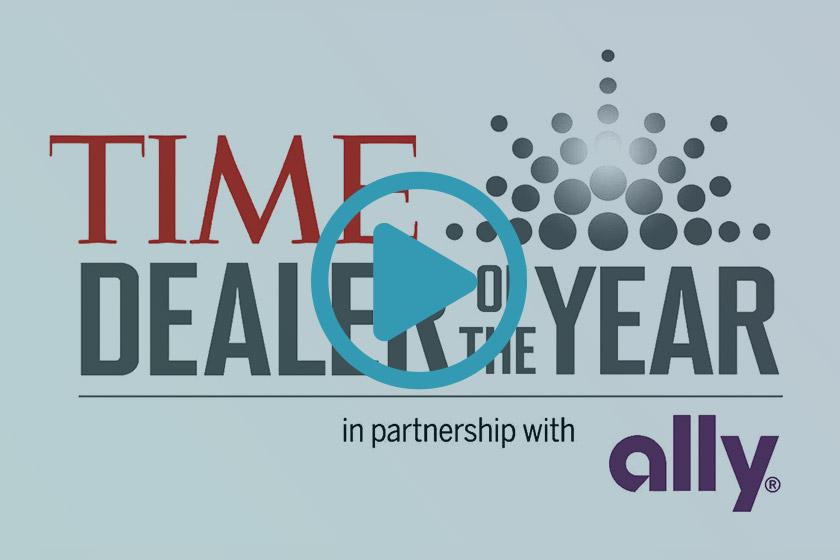The 2022 midterms are right around the corner. That means the airwaves will soon be flooded with political ads—if they haven’t been inundated already.
For brands that aren’t vying for political sway, but simply wish to advertise their product or service, investing in TV at this time may prove suboptimal. Especially when there are alternative outlets, such as online video, that will likely yield greater ROI.
Since it is an election year, you must take extra caution as you chart the ideal path for your media investment. To that end, let’s discuss three key reasons why you should consider shifting some of your advertising allocation from TV to online video.
Reason #1: Basic Economics—Advertising Supply and Demand Curves
Even though it is an off-year election, the stakes have seemingly never been higher.
With both the House and Senate up for grabs and 36 gubernatorial elections on the ballot in key battleground states, it’s been estimated that this will be the highest spending political advertising cycle of all time. AdImpact projects $9.7 billion of ad spend across:
- Broadcast
- Cable
- Satellite
- Streaming television
- Radio
This should leave brands feeling wary about TV advertising.
Macroeconomics 101 states that when there’s a fixed supply of a good and increased demand for that good, prices increase. As economist Adam Smith once wrote in On the Wealth of Nations: “Price is regulated by the proportion between the quantity brought to market and the demand of those who are willing to pay.”
TV advertising rates work along this supply-demand curve model. Even in normal years, brands must compete over finite ad space and slots. The more viewers the time slot has, the more competition there will be, and the more it will cost to land the spot.
This effect is amplified by orders of magnitude during an election cycle—a time when the RNC & DNC, super PACs, “friends of” supporters, and the politicians themselves are flush with cash and eager to spend. And the fact that we’re expecting record-high ad space competition despite there being no presidential race at the top of the ballot should be an even larger red flag for apolitical brands.
Put simply, the cost to advertise on TV—the primary source of projected political ad spending—will be too high due to these inventory constraints, especially for smaller businesses.
Online Video is Ahead of the Curve
Unlike traditional TV, inventory demands in digital don’t really exist. TV airtime is precious; whereas digital video has a limitless supply.
Internet usage is accelerating annually. That means, each consumer engages in more online sessions and sees more pages, which, in turn, results in increased inventory impressions.
With supply increasing alongside demand, there’s not nearly the same price shock occurring within the online video space. And, while there may be some price action, it’s less volatile, especially if you’re advertising in a space or to a consumer segment that isn’t a target for political campaigns.
Reason #2: TV Is Going the Way of the Dinosaurs
TV isn’t dead, per se, but traditional forms of how TV is consumed are dying. Increasingly, the “cord” is being cut and replaced by digital mediums, such as social media and streaming services. Audiences—especially younger demographics—have shifted their viewership away from primetime broadcasts to internet-connected devices.
According to CBS News:
“Five years ago, 63% of Americans mostly watched television through cable and satellite. Today, that percentage has dropped to fewer than half of all Americans, while the percentage of those primarily watching television via a streaming service on the internet has jumped 17 percentage points, from 20% in 2016 to 37% today.”
As a result, TV ads are losing audience share, even though the cost of the spot remains largely the same (if not higher due to elections). In simpler terms, you’re paying more for less—much less over the next few months as the elections draw near.
Advertisers must respond accordingly.
Online Video Is New-Age
Live TV is waning. Meanwhile, online video streaming services and social media channels are on a precipitous rise. And although there may be some streaming fatigue—especially with how fractured the market has become—it still is the future of brand advertising.
There are several reasons for this, including:
- CTV Adoption – Over 87% of U.S. homes own at least one internet-connected TV (CTV), a 54% increase over the last five years. And, along with adoption, households watch these TVs more frequently with 46% of adults watching video on a CTV device daily.
- Paid Media Options – Online video offers increased flexibility with digital paid media purchasing. You can either directly buy or take a programmatic approach. Depending on your brand, there are several outlets for online video advertising, including:
- Program sponsorship
- Pre-roll advertising
- Working with content creators and influencers
- Streaming TV services
- Improved targeting – TV commercials take a wide-net approach towards advertising. But with online video, you can micro-target consumers according to specific demographics, be it their age, socioeconomic status, sex, or another factor. And with online video you can also target based on much deeper data including likes, interests, and behaviors. Two people watching the same streaming video could receive two different ads, which enables maximum engagement.
Reason #3: Political TV Advertising Is Focused Locally
For brands, you don’t solely need to worry about the vast resources political campaigns have to spend, you must also consider where they’re directing those funds.
Did you know that the vast majority of ad spend doesn’t occur on a national level?
In fact, more than half of the spending in this current cycle will be placed on local TV stations.
That’s a significant problem for small- to mid-sized businesses that are almost entirely focused on selling locally. They rely heavily on local TV advertising to promote their goods or services. And now, in the midst of an election, they’ll likely be priced out of the market. Or, at the very least, the cost per impression will increase dramatically, making it more costly to reach their intended audience.
Online Video Targets Beyond “Local”
Generally speaking, online video has greater targeting capabilities. This is especially true for local targeting. Today, programmatic online videos buys are the most targeted, and there are dozens of over-the-top (OTT) platforms and connected TVs (CTVs) that run ad-supported or hybrid models, such as:
- YouTube
- Hulu
- Roku
- Paramount+
- Discovery+
- PeacockTV
With online video, you can leverage real-time GPS location technology gleaned from IP addresses to send your message to potential consumers within a specified radius of your business.
Navigating the Election Season: Stay Dynamic and Shift Budgets
Live TV isn’t going away altogether any time soon. But it is clearly on the decline.
During an election year, it will cost more for brands to land a traditional advertising spot. And due to market saturation and imprecise targeting, it will likely make less of an impact. Knowing this, savvy brands are shifting some (but not all) of their marketing allocation away from TV and into online video.
At enCOMPASS Agency, we recommend brands follow suit, directing a portion of their budget toward online video. But online video should only be a part—an important one, no doubt—of a comprehensive, multi-faceted digital strategy.
If you want to learn more about high-impact video advertising strategies, let’s connect.
SHARE THIS ARTICLE:



